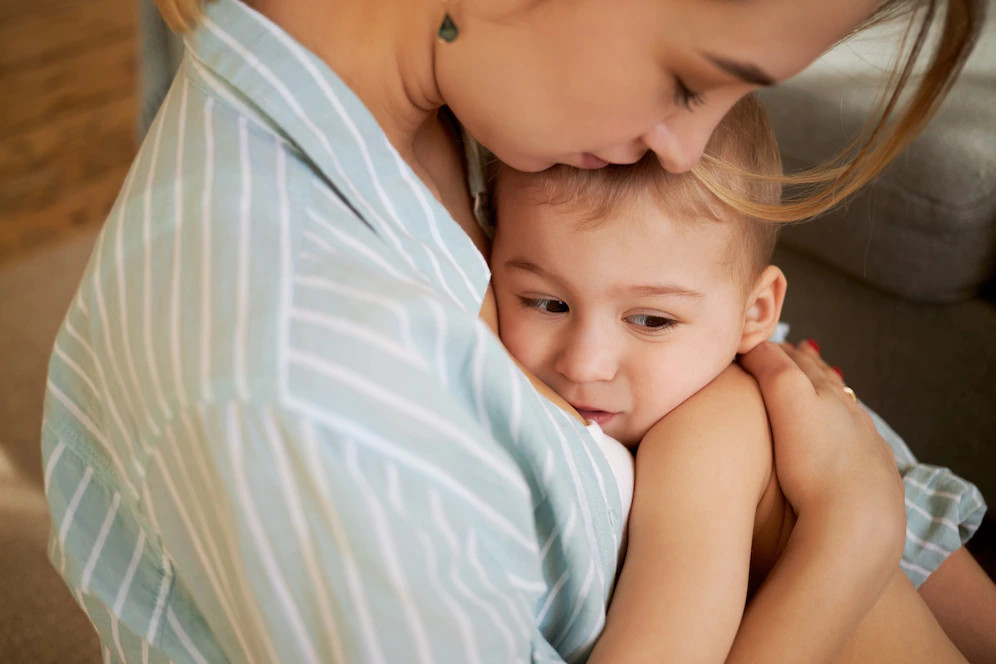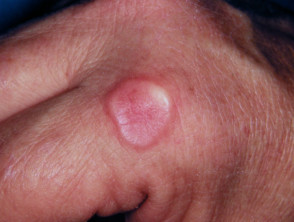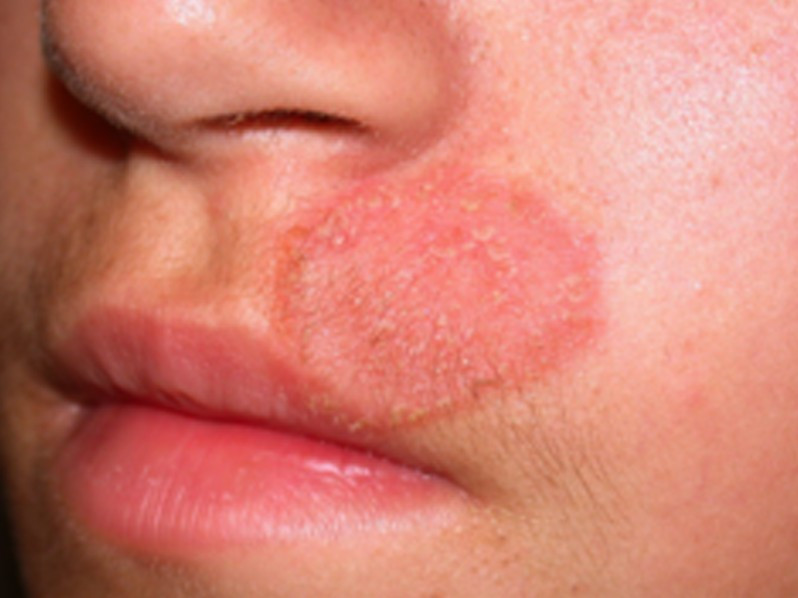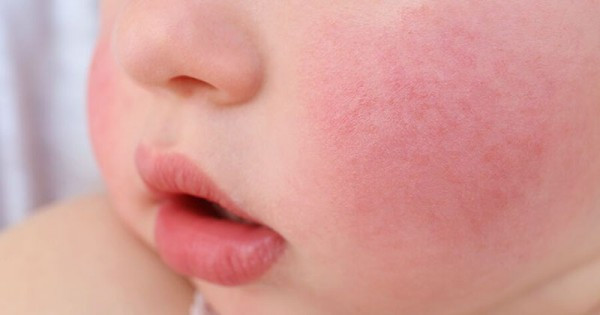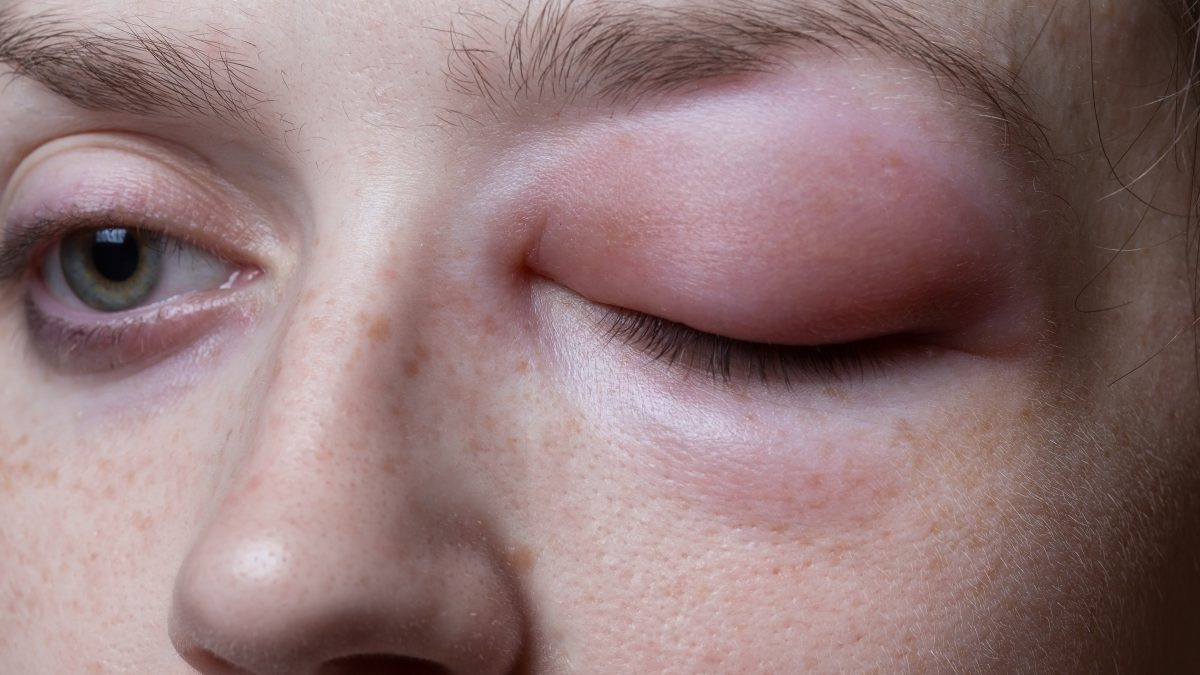Definition
A fever and rash are frequent manifestations among pediatric patients. These symptoms may manifest as an allergic reaction, viral, bacterial, or parasitic infection. This article will discuss viral infections that cause fever and other symptoms in children. Children's viral infections are additionally referred to as viral exanthems.
Various disorders can induce viral infections in children, including fever and rashes. It is also known as a viral exanthem or a cutaneous eruption on a child's skin due to a viral infection. Among these, four viral infections commonly cause fever and rash in children. These four viruses are:
- Roseola
This condition frequently affects infants younger than two years and is attributed to herpesvirus 6.
- Measles or Rubeola
Measles is a preventable disease through vaccination. Five days after the onset of other symptoms such as fever, congestion, red eyes, and runny nose, the rash typically appears.
- Chickenpox
The pathogen that causes chickenpox is varicella zoster. Chickenpox, similar to measles, is preventable through vaccination. In Indonesia, chickenpox remains a prevalent disease due to the uneven distribution of vaccination coverage. Conversely, developed nations have experienced a significant decline in chickenpox incidence, with cases now exceedingly uncommon.
- Hand, foot, and mouth disease (HFMD)
The Singapore flu, colloquially referred to as HFMD is an infectious disease caused by the Coxsackie virus. Adversely affects minors below the age of five.
- Rubella
Rubella, often known as German measles, is a preventable disease that can be effectively controlled with immunization. Occasionally, rubella may manifest without any discernible symptoms.
Saliva and mucous both spread these infections. Additionally, many diseases can be transferred through direct contact with bodily fluids. This poses a significant risk, particularly for unvaccinated children and infants, as it exhibits rapid transmission. Viral infections can cause rashes that appear bilaterally on the body and frequently come with additional symptoms like fever, rhinorrhea, or cough.
Read more: Rubella - Definition, Causes, Symptoms, And Treatment
Causes
The etiology of viral infections in children presenting with rashes and fever includes viral pathogens, which vary depending on the specific disease. Each disease has a unique virus strain that causes it, and its symptoms may be very similar. Some viruses that can cause diseases characterized by fever and rash include a varicella-zoster virus, coxsackie virus, morbilli virus, herpesvirus 6, roseola virus, and parvovirus B19 virus.
Risk Factor
Common risk factors associated with viral infections characterized by fever and rash in children encompass:
- Incomplete vaccination
- Malnutrition in children
- Daycare centers are responsible for the care and supervision of children
- Living among relatives who have a past medical record of experiencing fever and skin eruptions
Symptoms
The symptoms exhibited by children with fevers and rashes resulting from viral infections vary depending on the specific disease and the causative virus. However, common symptoms that may manifest in children with fever and rash include:
- Fever
- Reddish rash on the skin
- Excessive tear production and redness in the eyes
- Cough
- Nasal congestion and rhinitis
- Headache
- Sore throat
Diagnosis
A general practitioner or pediatrician doctor can diagnose viral infection in children presenting with fever and rash. The physician will conduct a comprehensive assessment, which includes interviewing the patient's parents, performing a physical examination, and conducting additional diagnostic tests.
During the anamnesis, the doctor will inquire about the primary complaint, any additional complaints, the onset of the complaint, the child's vaccination record, the child's dietary history, past medical conditions, medication history, and family medical history.
Following the initial assessment, a comprehensive physical examination is conducted, commencing with measuring the child's weight and height and examining the skin for any rashes. The body temperature is also measured, and a meticulous examination is performed, encompassing the entire body from head to toe.
Additional diagnostic tests may also be administered, including urine analyses and blood laboratory examinations to determine the presence or absence of white blood cells.
Management
Most viral infections characterized by fever and rash in children are benign conditions that resolve spontaneously; medical intervention is limited to symptomatic relief. Instances where antiviral medications are administered are extremely uncommon. Parents can ensure their child's comfort during the healing process by performing the following:
- Administer analgesics and antipyretics, such as paracetamol, to youngsters
- Bathe the child in warm water to maintain the child's bodily freshness
- Apply mild soap during bathing to decrease the risk of skin irritation and rashes
- Dress the child in loose, comfortable clothing
- Allow the child to relax and drink enough to avoid dehydration
- If the child has an itchy rash, use calamine lotion to prevent scratching. Discuss calamine lotion use with your doctor
- Keep the rash area clean and dry if it is itchy to prevent infection. To help relieve the itching, try applying a cold compress to the affected area
You can read about the complete calamine lotion here: Calamine - Definition, Causes, Symptoms, And Treatment
Complications
The occurrence of complications resulting from viral infections in children with fever and rashes is exceedingly uncommon, particularly in children who have received immunization. Nevertheless, there is still a possibility of encountering problems, which may include:
- Weight loss
- Febrile seizures, whether simple or complex febrile seizures
- Skin infections
- Ear infections
- Lung infection or pneumonia
- Encephalitis
If you want to know more about febrile seizures, you can read them here: Febrile Seizure - Definition, Causes, Symptoms, And Treatment
Prevention
Occasionally, it is inevitable to prevent viral infection. Nevertheless, you can reduce the risk that your child will contract a viral infection that causes fever and rash by:
- Vaccinate for measles, rubella, and chickenpox
- Children's hands should be washed routinely. Children should learn how to wash their hands properly if they're sufficiently old
- Teach children to correct sneezing and coughing. This can decrease viral and germ spread
- When sick, keep the child home and avoid other kids and crowds. If you leave your child in a daycare, be honest about their health
- Feed them balanced, nutritious food and enough drinks
When to see a doctor?
Most viral fevers and rashes in children are not serious, but they can be harmful if your child has a weakened immune system or is unvaccinated.
If the child experiences pain in the rash, absence of blanching when pressed, reluctance to breastfeed or eat, presence of bruising on the rash, or lack of improvement within 7 days, it is essential to seek medical attention promptly. Seek help from the nearest pediatrician.
If you need medical advice or consultation, you can either visit a doctor or use the consultation features available in the Ai Care application by downloading the Ai Care application from the App Store or Play Store.
Looking for more information about other diseases? Click here!
- dr. Monica Salim
Children's National Viral Exanthem (2020). Retrieved February 11, 2023, from https://childrensnational.org/visit/conditions-and-treatments/skin-disorders/viral-exanthems-rashes
Healthline: Identifying and Diagnosing Viral Rashes in Babies (2019). Retrieved 11, 2023, from https://www.healthline.com/health/parenting/viral-rash-in-babies#prevention
Medical News Today: Fever with Rashes in Children: Types and When to See a Doctor (2019). Retrieved 11, 2023, from https://www.medicalnewstoday.com/articles/fever-with-rash-in-child

